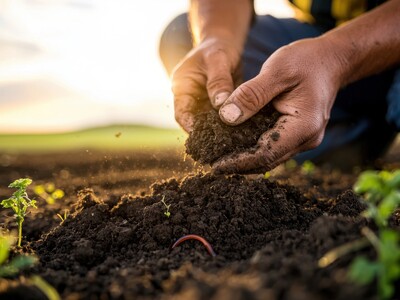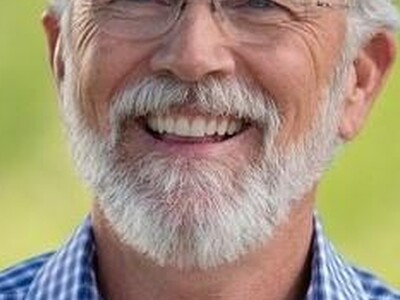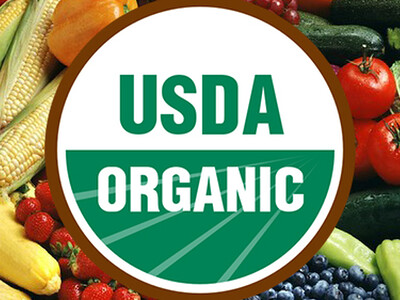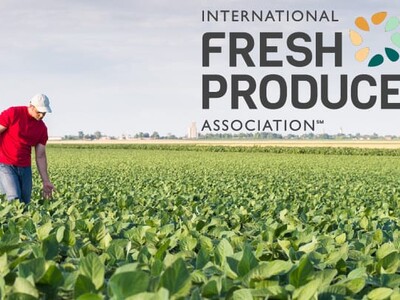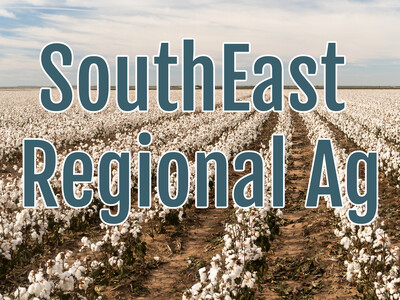Rural Dust Regulations
Rural Dust Regulations. I’m Greg Martin with today’s Line On Agriculture.
As it’s required to do under the Clean Air Act, the Environmental Protection Agency is reviewing the regulations for what is called particulate matter, which is basically soot and dust. Soot is what comes from car emissions and factories…it’s manmade. Dust is a different story.
KRAUSE: It happens when farmers are out plowing in their fields. It happens when people drive down unpaved roads. It happens when livestock moves. So it’s naturally occurring.
American Farm Bureau Regulatory Specialist Rick Krause says the current rules do the job and don’t need to be revised, but if they are it would be another economic burden on farmers and ranchers.
KRAUSE: If they make that standard stricter then there are going to be many, many more areas that won’t be able to meet that standard and if the standard is not met and areas come into noncompliance, then states and local governments will place restrictions on farm operations to bring them into compliance. Regulating when you can work in your fields; setting speed limits on unpaved roads of, in some cases, 10 or 15 miles per hour; requiring that if you’re going to work in your fields on dry days that you must spray water behind it to keep the dust down. These kinds of things that would impose economic costs to farmers and ranchers.
New legislation would keep the EPA from making dust regulations even more stringent, while taking health concerns into consideration.
KRAUSE: The bill does provide that if there are substantive health impacts that would result from dust, that EPA can go in and regulate further. It does provide that state and local governments can regulate dust in localized areas in particular situations where it might be a problem, rather than imposing a national standard across the country.
Krause describes what the term particulate matter actually means.
KRAUSE: There are two kinds of particulate matter. One is the very small particulate matter 2.5 which is admitted from cars and factories and there are a lot of studies that show it’s harmful to health. The course particulate matter, which is the larger particles, is dust and it is made up of dirt. It’s made up of organic material that’s plowed up in fields and it’s naturally occurring rather than coming from manmade emissions.
That’s today’s Line On Agriculture. I’m Greg Martin on the Ag Information Network.




